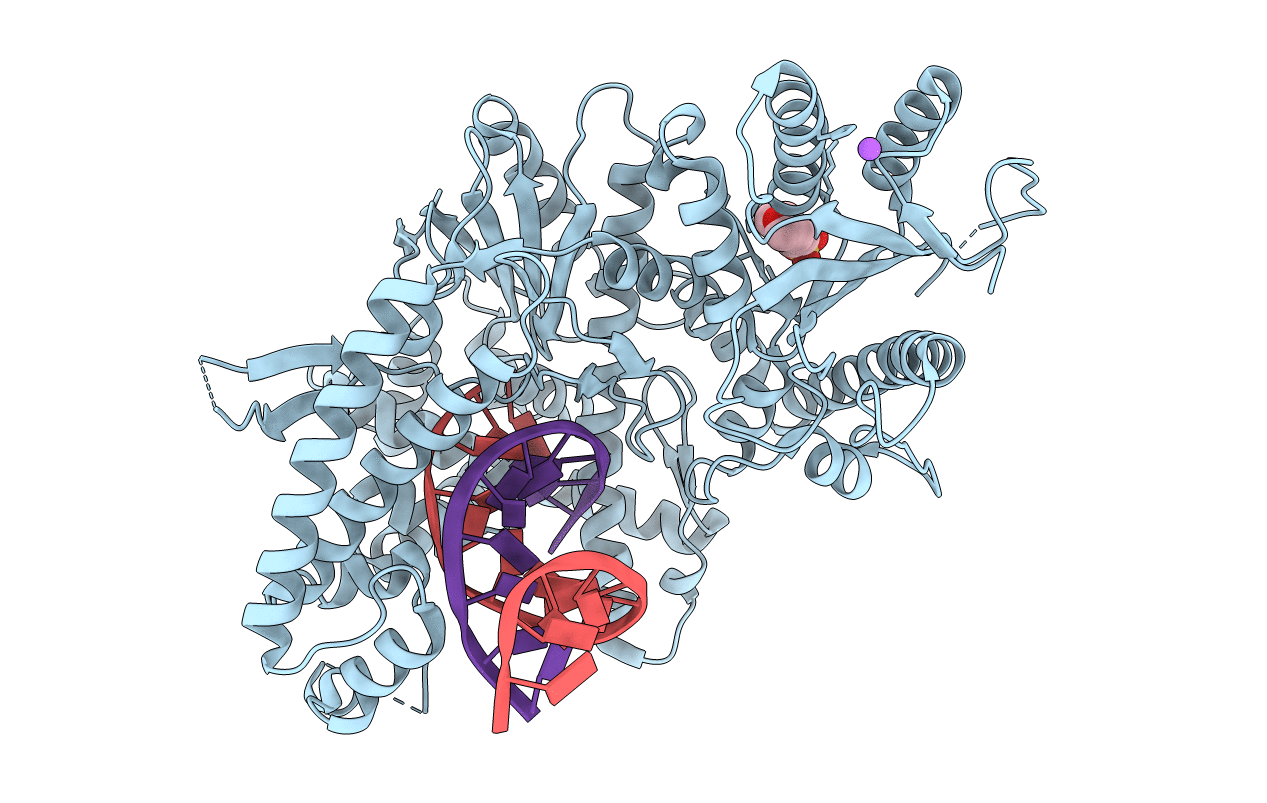
Deposition Date
2015-01-27
Release Date
2015-03-11
Last Version Date
2024-02-28
Entry Detail
PDB ID:
4XVL
Keywords:
Title:
Binary complex of human polymerase nu and DNA with the finger domain open
Biological Source:
Source Organism:
Homo sapiens (Taxon ID: 9606)
Host Organism:
Method Details:
Experimental Method:
Resolution:
3.30 Å
R-Value Free:
0.22
R-Value Work:
0.20
R-Value Observed:
0.20
Space Group:
H 3 2


